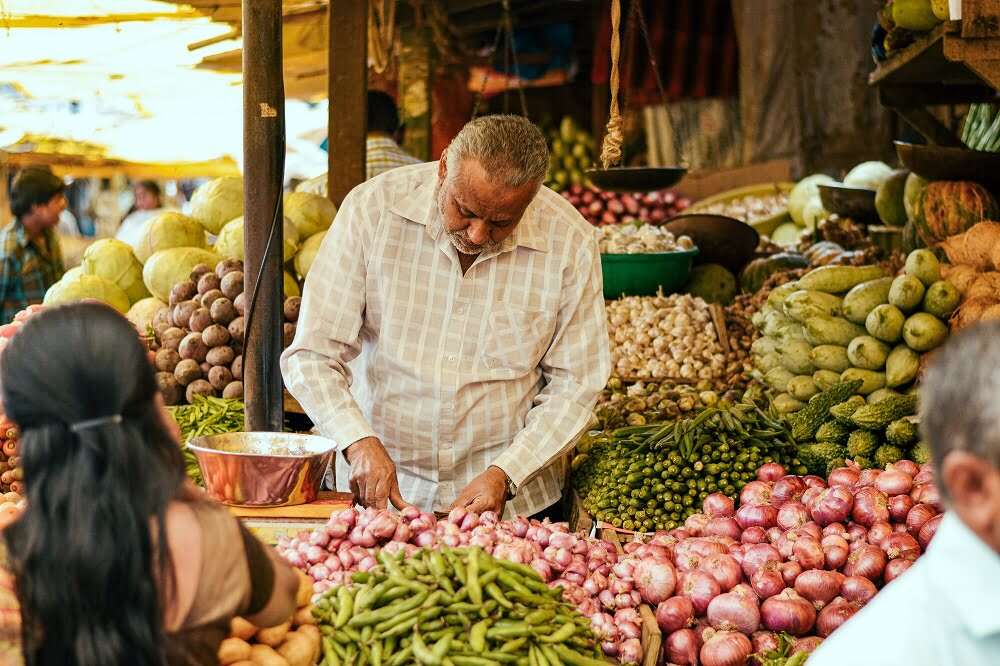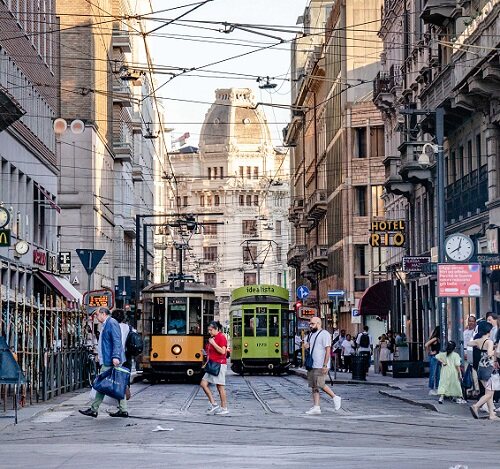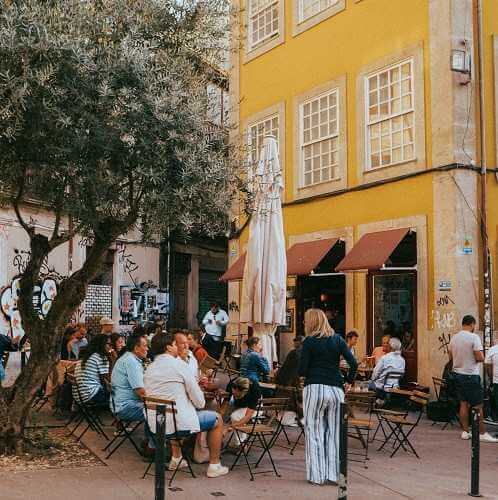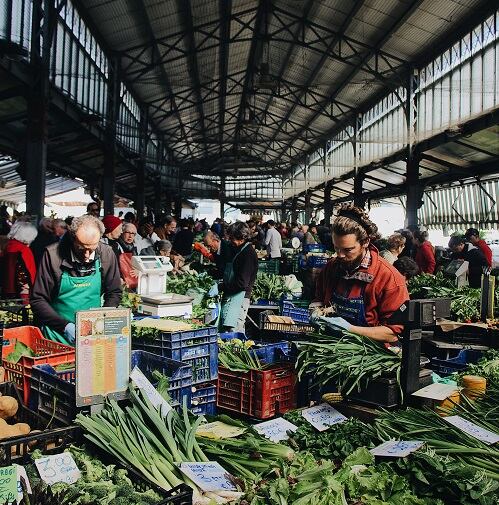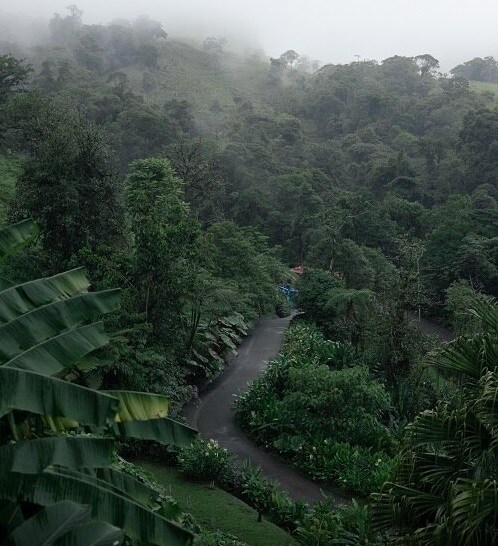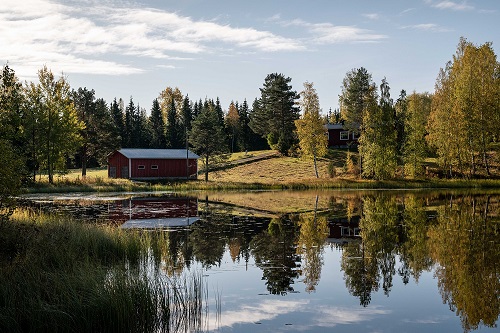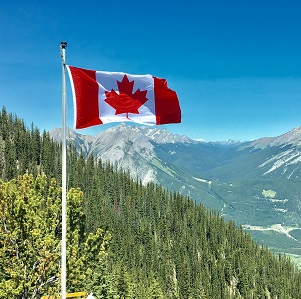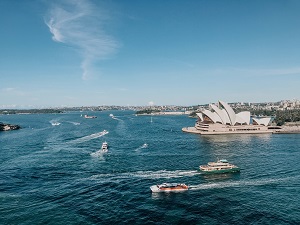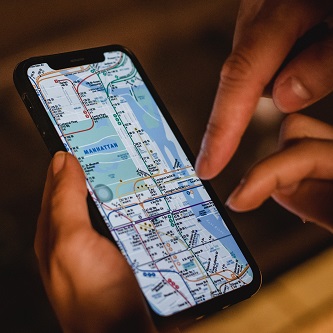So what is immersion travel all about? Essentially, it’s about getting involved with the local culture. It encourages interactions with local people and experiences where you are fully connected to the culture around you.
It is almost like its own branch of ‘Sustainable travel’ as it encourages visitors to take in the local culture and embrace it for the duration of the trip.
If you usually book your holiday, accommodation, flights, transfers and excursions via a travel agent then we totally get the appeal of this convenient ‘one stop shop’. However, with immersive travel you will need to embrace the exact opposite of this!
It offers a more spontaneous, tailored approach to travel, and will be one that takes you off the beaten track – so you’ll need to be open to unpredictability and embrace saying ‘yes’.
If you’re open to being embraced and overwhelmed with the area you’re visiting and you want to experience as much as possible whilst you’re there with hopes of gaining a better understanding, then you’ve made the right choice.
This kind of travel is about not being afraid to talk to locals about their real life struggles and triumphs. Understanding the politics of the area, having discussions about different cultures and then learning to embrace every new challenge.
If you’re considering a local immersion trip, here’s our top tips:
A great ice breaker for any meeting between you and a local is always the language, even if you’re fluent in just one word. In most countries the locals will be delighted that you even attempt to speak with them in their language. Whilst it may take a bit of courage at first to try immersive travel (which takes you out of the tourist traps to places where English isn’t commonly spoken) it provides the perfect time to communicate with the locals authentically.
Immersive travel might be spontaneous but that doesn’t mean you can’t prepare, having a few conservational basics; hello, how are you, please and thank you – will be a good start. Who knows, staying amongst the locals may even provide you with the chance to build on those language skills as the trip goes on.
Instead of choosing a taxi, a great way to explore an area is public transport. Dependent on where you venture, this might be buses and trams or metros and subways.
Public transport is a great way to save money and also witness life in that location from the locals point of view. You could sit and people watch, maybe catch the faint tune of a busker or enjoy the views as you whizz from street to street.
In some destinations, you might even find some less conventional ways to move around from tuc tucs in Sri Lanka, hot air ballooning in Cappadocia, gondolas in Venice and even dog sleds in Svalbard!
Food markets are a great way to experience the cuisine that the locals eat every day, they are often an assault on the senses with the sound of market traders and hustle and bustle of shoppers combined with the smell of street food being cooked in front of you.
If you are planning to dine out, see what amazing local restaurants the area has to offer, as this can be a great way to really feel like a local. From a family run business to a villages’ local pub, these establishments give a true insight into what it’s like to live there.
Ever ventured to a Salsa class in Madrid, or tried your hand at making Tagliatelle al Ragu Bolognese in Bologna? It’s these cultural insights that can really be a great part of your local immersion vacation. You can learn a new skill, create so many amazing memories and then spend the evening chatting with the locals.
Taking the time to volunteer whilst you’re on your travels means you can truly give back to the community you’re visiting. From shifts at the local food bank, to feeding goats or picking grapes in a vineyard – there are sites designated to volunteering abroad where you can find these opportunities.
Try Volunteer World where you can view the volunteering map and pick specific roles to complete.
This is a great way to give back to the area that you’ve enjoyed travelling through.
We’d always suggest doing your research before you travel to your destination but another great reason to plan ahead is so that you can avoid the tourist hotspots. Instead, if you’ve got time, have a look at local travel blogs or social media posts that are tagged in the location you’re planning to visit. It might help you to avoid the chain restaurants and experience a family cooked meal. Or, point you away from the tourist entrance and into the secret passages that take you right to the heart of the city.
Not only do you get to avoid overpaying for an experience or meal that you might not even enjoy, you get to really support the local businesses that might be struggling to compete with the touristy areas.
As mentioned above, we’d always recommend doing your research before you visit an area because it might mean you find some hidden gems that you wouldn’t have known about otherwise. But, once you’ve arrived at your destination it’s time to put down the tech.
For those of you who are always on your phones, there is no better time to train yourself out of this habit than with a few days phone free. Plus – making sure not to have your tech out means you’re less likely to have any pick-pockets trying to take advantage.
By all means continue to take pictures of everything you see, but when you’re sat in the restaurant enjoying a nice glass of wine or a freshly baked baguette, phones are the last thing you need.
If you’re really inspired to make sure your trip is as ethical and sustainable as possible then there are hundreds of places you can visit that really do focus on educating you about the sustainable aspects to travel. From rainforest excursions to teach you about deforestation, to taking pledges to protect the environment you’re visiting we’ve listed a few destinations below ideal for immersive travel:


